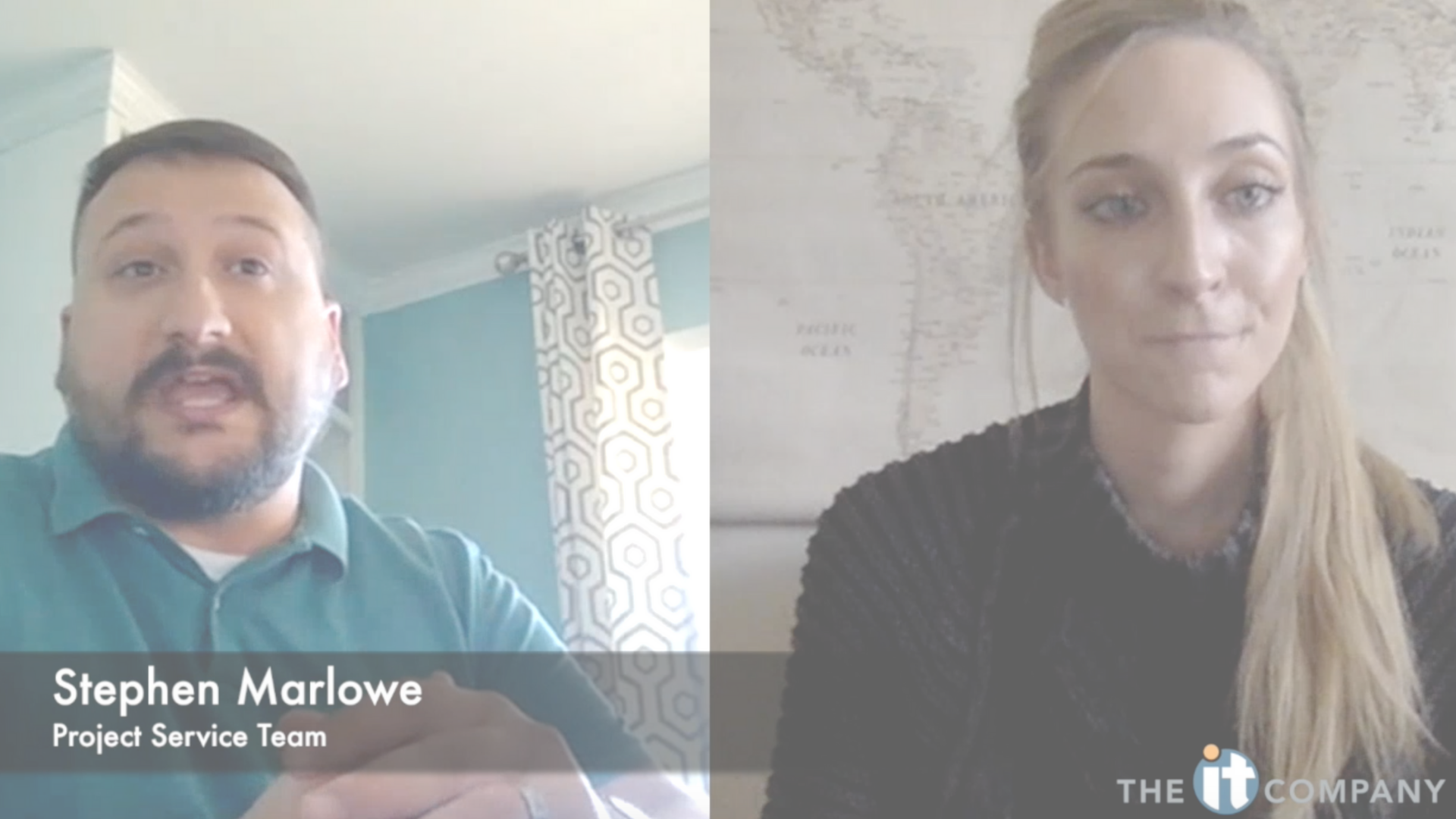Is More People the Answer to Inefficiency?
As a business, are you noticing growing inefficiencies? Do you feel like what needs to be done, can't be done by the number of people in your organization? Are you continually feeling the pressure to hire more people to keep up with demanding and increasing workloads?
Inefficiencies manifest in many different ways within a business. And it is easy to jump to the conclusion that the solution to inefficiencies, is to hire more people. But people are not always the answer.
Hiring people is expensive. Training and managing people takes resources. Hiring more people to solve inefficiencies in your organization may temporarily resolve the issue, but it will NOT address the actual root cause.
Before you jump to hiring more people, take a deeper look at workflows, processes, and systems - and begin identifying and eliminating bottlenecks, reducing waste, and streamlining operations.
Process optimization should be a vital aspect of any organization looking to remain competitive and efficient in today's market.
Why will process optimization take your business further? Process optimization allows companies to identify how they can be more efficient without compromising quality.
By streamlining operations and eliminating inefficiencies, organizations can reduce the resources required to complete a task or project, thereby reducing the associated costs. Additionally, optimizing workflows can also help companies reduce the time it takes to complete a task, leading to faster turnaround times and increased customer satisfaction.
Process optimization encourages organizations to challenge the status quo and think outside the box. It's easy to fall into the trap of thinking "this is how we've always done it," but by re-evaluating processes and looking for ways to improve, companies can find new and innovative ways to approach tasks and projects. This can lead to increased creativity and a competitive edge in the market.
The concept of process optimization is an ongoing process, not a one-time event. As technology and business needs evolve, it's important to regularly re-evaluate workflows and systems to ensure they are still meeting the needs of the organization. This requires a commitment to continuous improvement and a willingness to adapt and change as necessary.
There may be redundant or unnecessary steps in a process that slow down production and waste time. Alternatively, there may delays that prevent work from flowing smoothly. Outdated or inefficient systems may be causing issues that could be resolved with upgrades or replacements. Other inefficiencies could include ineffective communication, lack of collaboration, or an overreliance on manual processes. Ultimately, any area where resources are being wasted or work is not being done efficiently can be considered an inefficiency, and addressing these issues can help businesses save time, money, and resources.
So before you jump to the conclusion that hiring more people will solve the inefficiencies your seeing, it's time to take a step back and evaluate your operations with fresh eyes – you may be surprised at what you find.
-1.png?width=150&height=70&name=The%20IT%20Company_Final%20(1)-1.png)
.png)

